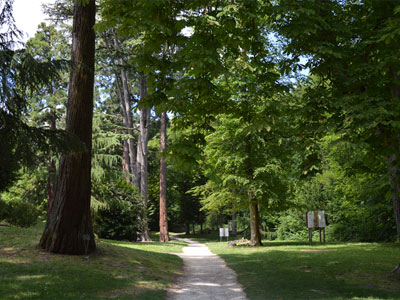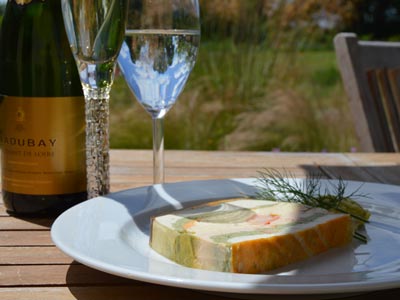The Chateau de Langeais
The Chateau de Langeais is the oldest keep in France. Initially it was part of a medieval castle, built at the end of the 10th century (992-994) by an early Count of Anjou, Fulk Nerra. He was renowned as one of the first great builders of an estimated 100 of medieval castles and abbeys, across the Loire Valley in what is now France. He was also an illustrious warrior and strategist.
Under the reign of Plantagenet, the dynasty which descends from Geoffrey II, the Count of Gatinais, and his wife Ermengarde of Anjou enlarged the castle. It was extended by Richard The Lion Heart (Richard I of England) between 1189 and 1199. Reconquered in 1206 by Philip II of France (Philippe Augustus), the castle was destroyed during the Hundred Years’ War.
In 1465 Louis XI commissioned the construction of the second Chateau below the vestiges of the ancient edifice. The new castle was finished in 1469. One of the most remarkable events held (during peacetime) in the chateau was the marriage of Anne Brittany to King Charles VIII on December 6, 1491 that ended the independence of the Duchy of Brittany and sealed the permanent union of Brittany and France. The castle was abandoned during the French revolution.
In 1886, Jacques Siegfried bought Chateau de Langeais and began a restoration program. He installed an outstanding collection of tapestries and furnishings and bequeathed the château to the Institute de France which still owns it today.
Since 1922 the Chateau de Langeais has been listed as an historic monument by the French Ministry of Culture and has been opened to the public. The parts of the park and gardens around the ancient ruins and up till the bridge have been similarly classified since 1942.
The Gardens and Park of the Chateau de Langeais.
A captivating path leads visitors through the medieval inspired garden and into the park, with a panoramic view point on the Loire, bicentenary cedars of Atlas and giant sequoias.
A photographic exposition, “Wellness begins in the Garden”, is featured prominently in the castle’s park. It is based on one of the most famous illuminated manuscripts by Anne of Brittany: the Grandes Heures.
She appreciated the art of gardens, and commissioned Jean Bourdichon, a painter of miniatures and manuscript illuminator at the court of France, to illustrate the manuscript page borders with a careful depiction of 337 plants. The Large format reproductions of some of the illuminations, exposed in the park, detail the medicinal properties of those essential plants, with recipes from doctors and humanists of the Middle-Ages and the Renaissance.










